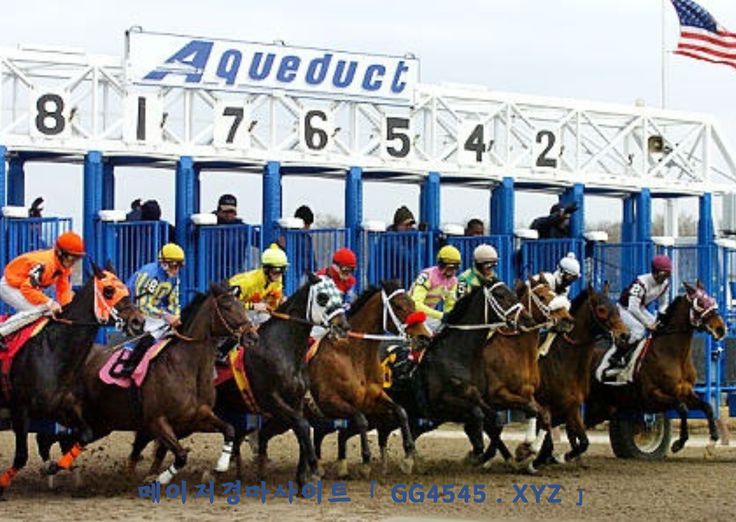In horse racing, even the most experienced bettors can overlook the subtle impact of distance and surface changes. Yet these two factors often determine whether a horse runs to its potential or falls short. Understanding how horses adapt — or fail to adapt — to changes in distance and track surface can reveal overlooked opportunities and hidden value in the horse racing betting sites market.
Why Distance and Surface Matter
Horses, like human athletes, have ideal performance conditions. Some thrive in sprints, bursting with early speed over short distances, while others excel in longer routes where stamina and patience are key. Similarly, certain horses love running on firm turf, while others handle soft ground or synthetic tracks better.
When a horse switches from one condition to another, it can completely alter its competitiveness. Recognizing when a horse is racing under optimal conditions — or stepping into an unsuitable setup — is one of the most powerful handicapping insights available to bettors.
Understanding Distance Changes
A distance change can either stretch a horse’s endurance or shorten the test to emphasize speed. The trainer’s intent is critical to interpreting such moves.
-
Cutting back in distance: When a horse moves from, say, 1¼ miles to 1 mile, it often signals that the horse showed early speed but lacked finishing power. Shortening up may allow it to maintain momentum and finish stronger.
-
Stretching out: Conversely, if a horse closes late but runs out of ground, a step up in distance may suit its style. Trainers often use shorter races to build fitness before sending a horse into a longer event where stamina is an asset.
Savvy bettors watch for horses switching distances after encouraging performances. A strong finish in a sprint followed by a longer race is often a sign that a win could be imminent.
The Role of Surface Changes
A surface change — such as moving from turf to dirt, dirt to synthetic, or soft to firm ground — can make or break a horse’s chances. Different surfaces emphasize different skills:
-
Dirt tracks reward early speed and power, favoring front-runners who can handle kickback.
-
Turf courses favor balance, agility, and late acceleration. Horses that “quicken” rather than grind tend to do best.
-
Synthetic surfaces (like Tapeta or Polytrack) fall in between, favoring consistency and fitness while reducing the bias of surface extremes.
Certain horses have a clear preference, which can be spotted in their past performances. If a horse’s best efforts came on turf and it returns to grass after disappointing dirt runs, that’s a major handicapping clue.

